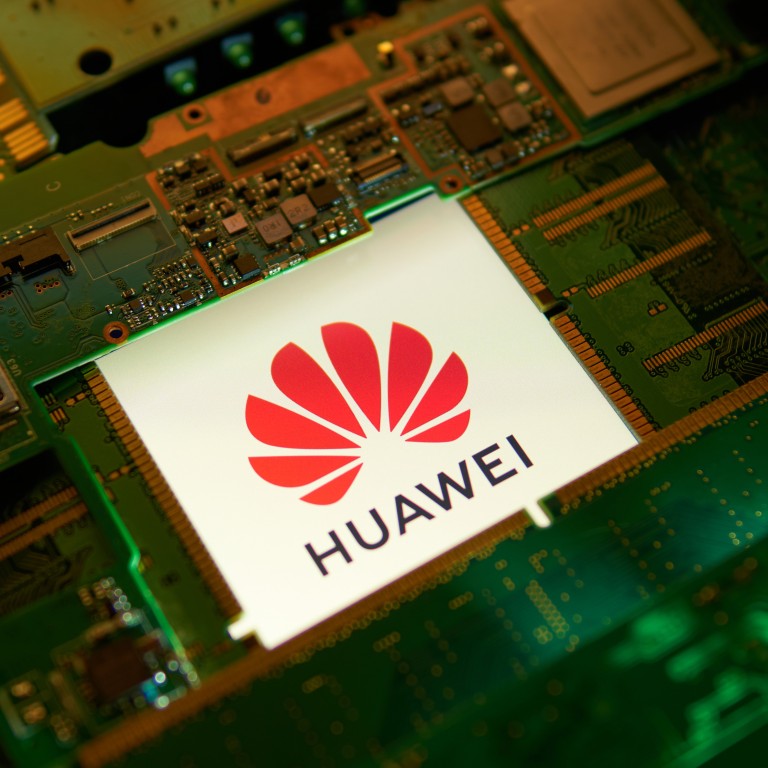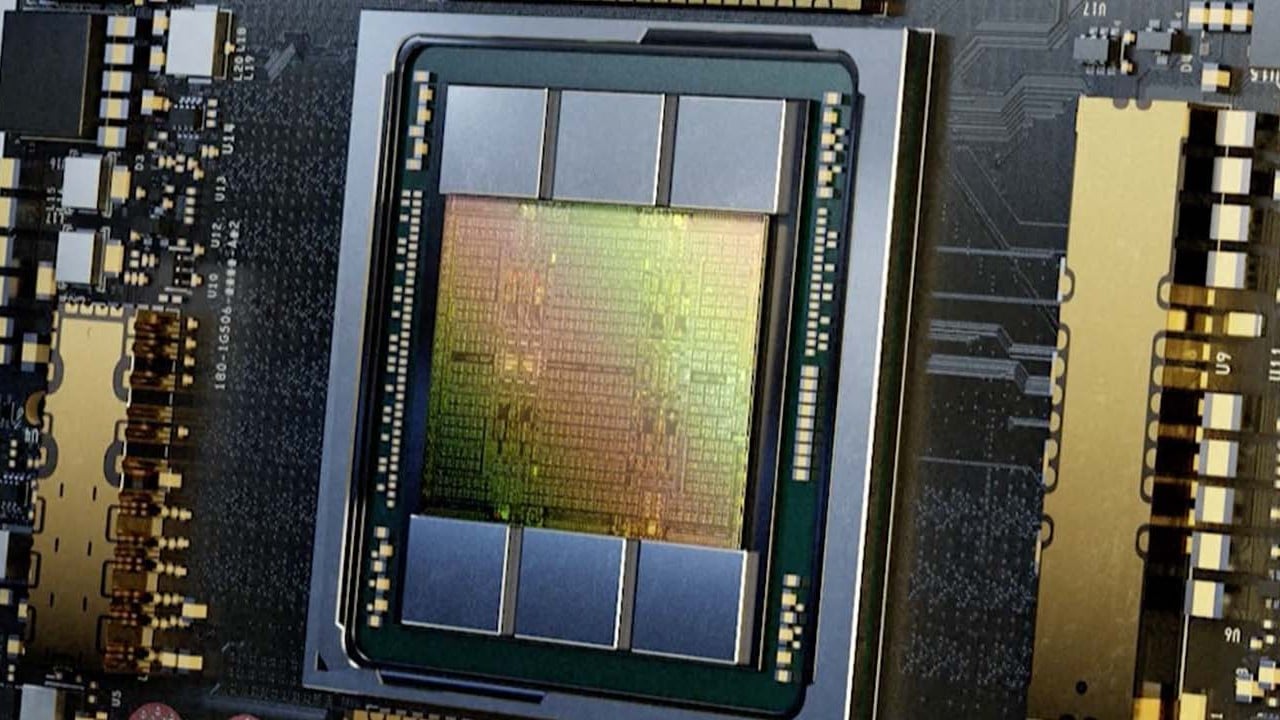
Amid US restrictions, research points to new opportunities for China’s most powerful AI chip
- Chinese tests reveal growing strengths, weaknesses for Huawei’s formidable Ascend processor
- Researchers say opportunity lies in growing domestic demand for cutting edge tech
Huawei Technologies’ Ascend chip, China’s most powerful artificial intelligence (AI) processor, can outperform Nvidia’s flagship V100 chip in certain tasks, but also has some serious shortcomings, according to a new study by Chinese scientists.
The researchers evaluated the Ascend processor’s performance in various applications to gain the first in-depth look at China’s growing competence as well as weakness in AI chip technology.
Despite not being fully aligned with international flagship chips in overall performance, researchers said the Huawei Ascend processor could be used across most existing applications, and in some scenarios even surpass the performance of global competitors.
The evaluation, carried out by researchers at China’s Renmin University and Tsinghua University, was published in the peer-reviewed Chinese Journal of Computers in August, just before Washington banned US sales of the most powerful AI chips to China.
Graphics processing units (GPUs) were originally developed to render images in video games, but in the past decade they have been increasingly deployed in the largest supercomputers by scientists and internet companies. AI algorithms based on high-end GPUs can be used in autonomous driving, robotic manufacturing, real-time translation and medical image analysis.
AI algorithms have made impressive progress, but their applications are limited by the performance of hardware. To extend the performance of algorithms, companies in Silicon Valley, like Nvidia, have begun developing accelerator chips like the V100 to replace GPUs.
Accelerator chips deploy a special architecture to focus their computing power on AI calculations. A few years ago, Huawei also developed their accelerator chips – Ascend 910 and Ascend 310 – together with the Ascend calculating platform.
The Ascend 910 processor incorporates 7 nanometre (nm) technology from Taiwan Semiconductor Manufacturing Company (TSMC) and can achieve 640 Tera operations per second (TOPS) with precision INT8, a basic data type. Considered the most powerful AI processor in China, Ascend 910 is capable of self-managed task schedules.
Ascend 310 is a lightweight inference chip that uses TSMC’s 12 nm FinFET Compact (FFC) manufacturing technology. Unlike powerful training chips that generate AI models similar to “building a ship”, inference chips only “sail a ship”. Ascend 310 makes fast, lower precision calculations using only 8 watts of power and can be deployed on smart services like smart cameras and watches.
Professor Du Xiaoyong and a team at Renmin University used common algorithms and public data sets as benchmarks to evaluate both chips. The results showed the Ascend chips were more suitable for dense algorithm workloads, a traditional computing method. Moreover, the chips used less power than GPUs while their performance surpassed Nvidia’s flagship V100 chip when running specific models.
The Ascend chips also had drawbacks. According to the research paper, processors were not suitable for sparse workloads due to their architecture. As a result, their usefulness would be limited in real-world applications such as autonomous driving since many recent algorithms in the auto industry use sparse computing to reduce the strain on computing resources.
Chinese team produces quantum computing ingredients with record efficiency
Du and his colleagues also developed optimisation strategies for using Ascend chips. For instance, users should compile the computing model first so that the operators are fully used. For training models, the researchers recommended that users adopt mixed precision configuration or transform their algorithms to 16-bit precision.
This was the first comprehensive analysis of Ascend processors by a third party in the computer research community, according to the researchers. “These optimisation strategies will be helpful for Huawei to tune them in a targeted manner,” they said in the paper.
Based on the Ascend chips, the Institute of Automation under the Chinese Academy of Sciences has developed the world’s first large AI model that can learn from an array of images, texts and voices. The model won a Superior AI Leader Award at the World Artificial Intelligence Conference held in Shanghai on September 1.
The model could represent images, text and voice with one set of parameters and realised mutual generation. That meant, for example, that a robot could automatically explain a European Cup game broadcast according to the actions of the players, or it could automatically generate pictures and scenes for film directors after reading the script.
At the conference, Huawei detailed a plan to build a computing super network in China based on the Ascend AI system. So far, the network connects more than 20 AI computing centres, supercomputing centres, and big data centres.
“We want to let users access computing services like electricity,” said Hu Houkun, rotating chairman of Huawei, during the conference. “More than 900,000 developers have launched more than 1,100 AI solutions based on Ascend, which are widely used in government, telecommunications, finance, electricity, internet and other fields.”
Because all Ascend chips are made by TSMC in Taiwan, the US export restrictions on access to advanced chips by Huawei could potentially threaten supplies to mainland China, according to some computer scientists in China.
But the ban could also present an opportunity for China to build its own industry chain, as the domestic market demand from a variety of clients grows, they said.



